Zoofari Celebrates Rich Block’s 26 Years of Leadership
Block discusses Exciting Conservation Partnership with CSU Channel Islands
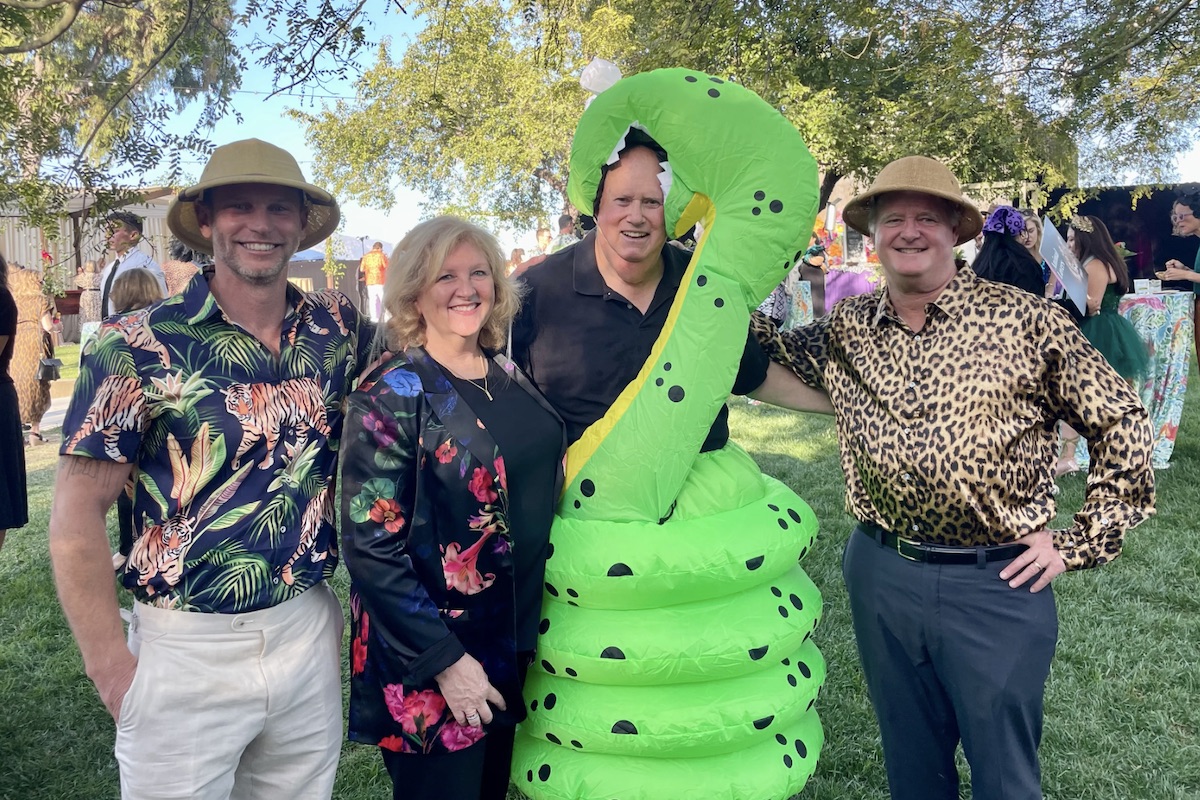
On August 24, a sold-out crowd of 750 guests enjoyed the Santa Barbara Zoo’s annual Zoofari, which raised about $700,000 for this nonprofit. Guests donned animal prints, safari outfits, and far wilder attire for this Jungle After Dark–themed event. All ages of adults got into the spirit and enjoyed an extended reception, dinner, and dancing on the scenic hilltop. Feted this evening was the widely admired President and CEO Rich Block, who earlier this year announced his retirement, effective next January.
In an interview, Block shared that what he is most proud of is having the S.B. Zoo become a major contributor to conservation on the Central Coast. He quickly and humbly added, however, that “taking credit for any of that is so inappropriate. … Everything we have done has been the result of a lot of good people working hard to make things happen.” He lauded especially Director of Conservation & Science Estelle Sandhaus and VP of Animal Care & Health Julie Barnes, calling them the “dynamic duo.”
As impressive as the S.B. Zoo’s conservation work has been under Block’s leadership, the highlight of Block’s legacy may well lie ahead in the zoo’s exciting partnership with CSU Channel Islands (CSUCI), which Block recently instigated. The partnership will integrate CSUCI’s academic programs with the S.B. Zoo’s conservation work, enabling hand-on opportunities for students in conservation. The partnership will also provide students with opportunities in animal care and many other areas.
With the zoo tapped out on space, Block approached CSUCI about building a conservation center on its campus, which led to a Memorandum of Understanding signed last April and lots of planning meetings since. Early next year, fundraising will begin for this new model, the first of its kind, that Block believes will shape the future of conservation on the Central Coast.
The facility, to be built on a 55,000-square-foot site, will be dedicated to propagating and working with species that will be reintroduced to the wild, including rails, snowy plovers, red-legged frogs, and yellow-legged mountain frogs. Block sees a multitude of collaborative opportunities in business, education, and art, using the zoo as a lab to enrich students’ education. Beyond the obvious areas of animal care and conservation are the nonprofit business side of the Zoo’s operations, as well as its Early Explorer Preschool and its art exhibits, all of which are opportunities for student participation. The zoo can be a great motivator for students, Block related, especially for those who have a passion for wildlife. They can see that there is a professional opportunity for them to do what they love.
The S.B. Zoo has developed a highly regarded and much-sought-after conservation program, working primarily with the U.S. Fish and Wildlife Service, but also with other federal agencies and local partners. On site, it operates its snowy plover program, which takes in abandoned eggs and compromised young birds, incubates and hatches the eggs, nurtures the birds and newborns, and releases them at Coal Oil Point.
The zoo joined the big leagues in conservation in 2002 with its work on the California condor, creating the third exhibit in the world for this species and helping save the species from extinction. The zoo, in collaboration with other organizations over the years, has been monitoring the migration of southern sea otters beyond Point Conception. It has worked with the National Park Service in taking red-legged frog egg masses out of the Santa Monica National Recreation Area prior to heavy rains, hatched and raised tadpoles, and released them back into the natural habitat where they otherwise would have been washed away. The zoo has also been a big player with the island fox conservation efforts, which resulted in delisting from the endangered species list in 10 short years, and the zoo also does extensive work with monarch butterflies.
Asked about the biggest challenge that the S.B. Zoo now faces, Block quickly replied that it is attracting employees because of the cost of housing. Especially for animal care and other specialized positions, there aren’t experienced people here, and people in other areas don’t want to deal with the high cost of housing. This is true, Block noted, even after a massive investment in payroll, comprising much of the zoo’s increase in its budget from $12.6 million in 2021 to $17.2 million this year. Even at the CEO level, Board Vice Chair Jim Jackson related, they have had candidates withdraw from consideration because of the cost of housing here.
Block emphasized that the time was right for him to step down because the board is in top shape, his senior management team is well-tenured and tested, and the financials, thanks to continued community support, are in great shape.
The S.B. Zoo that Block arrived at in 1998 was in a different state. Under Block’s leadership, it has been transformed, offering stellar guest experiences, animal care, and conservation programs, all of which is especially remarkable given the relatively modest size of the zoo and the city in which it sits. According to Block, “We punch way above our weight class.”
In July, in a tribute to Block, the Rich Block Conservation Center opened at the S.B. Zoo. The center is designed, according to Block, to engage guests through interactive experiences, thereby building appreciation for wildlife and an interest in being part of the solution.
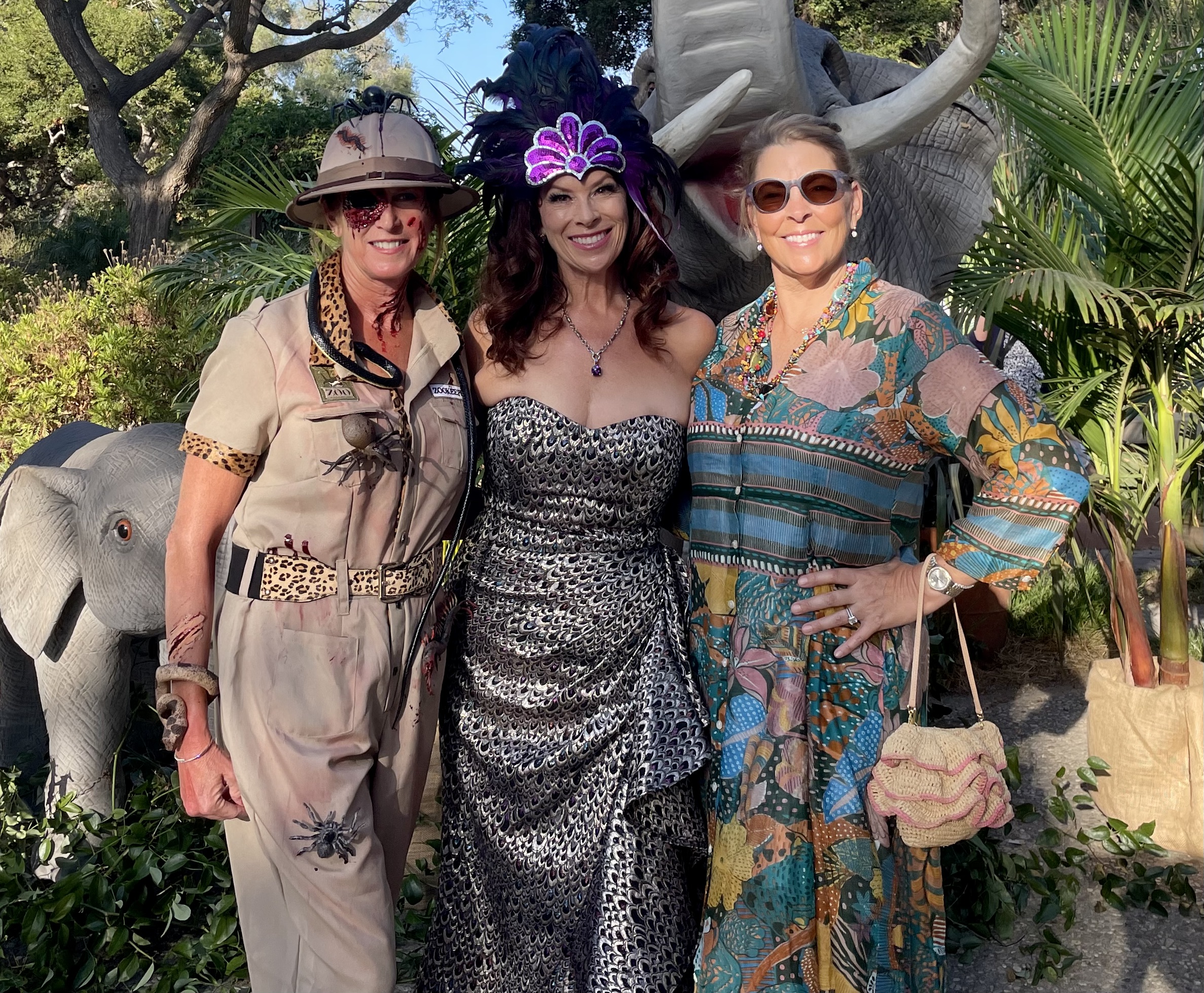
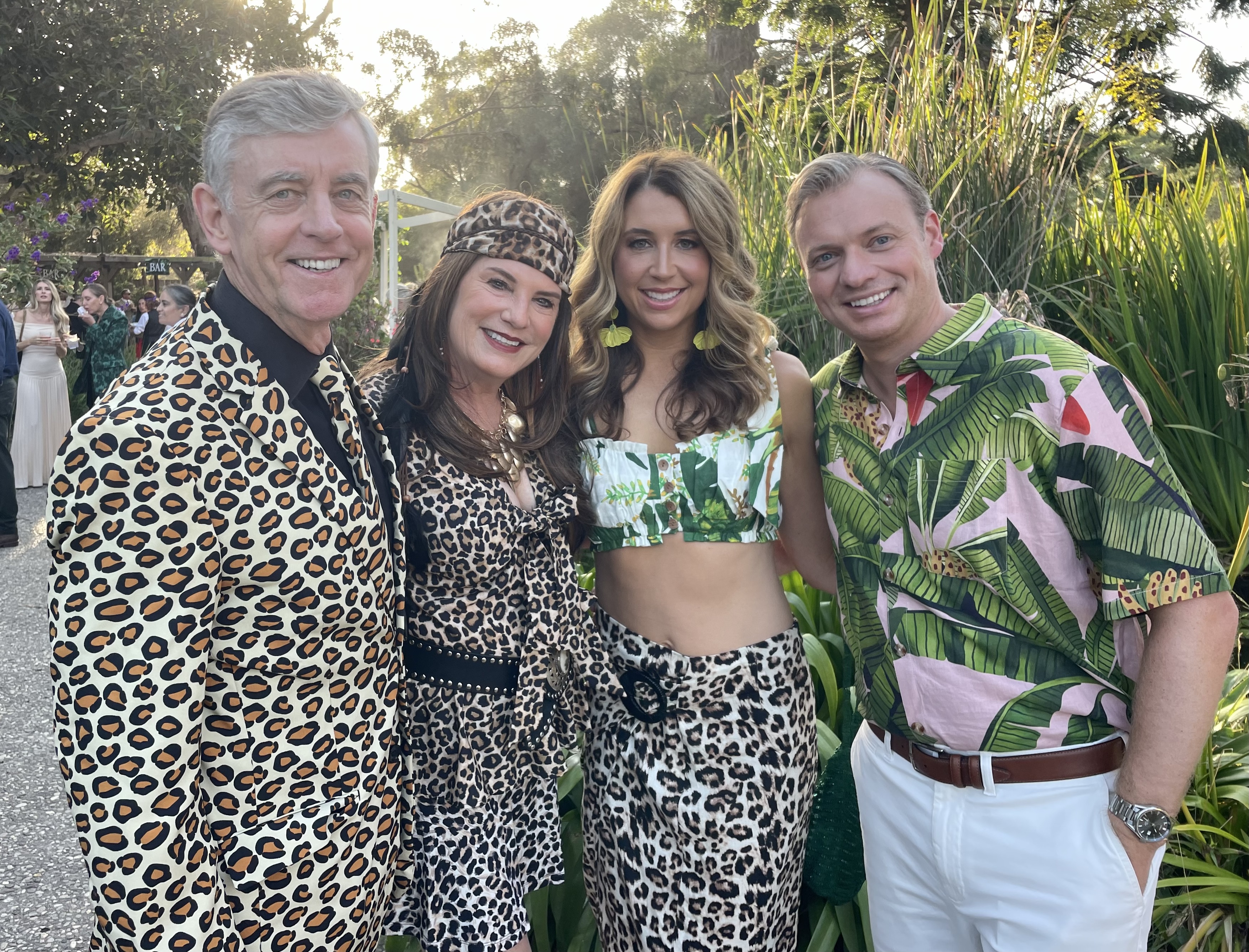
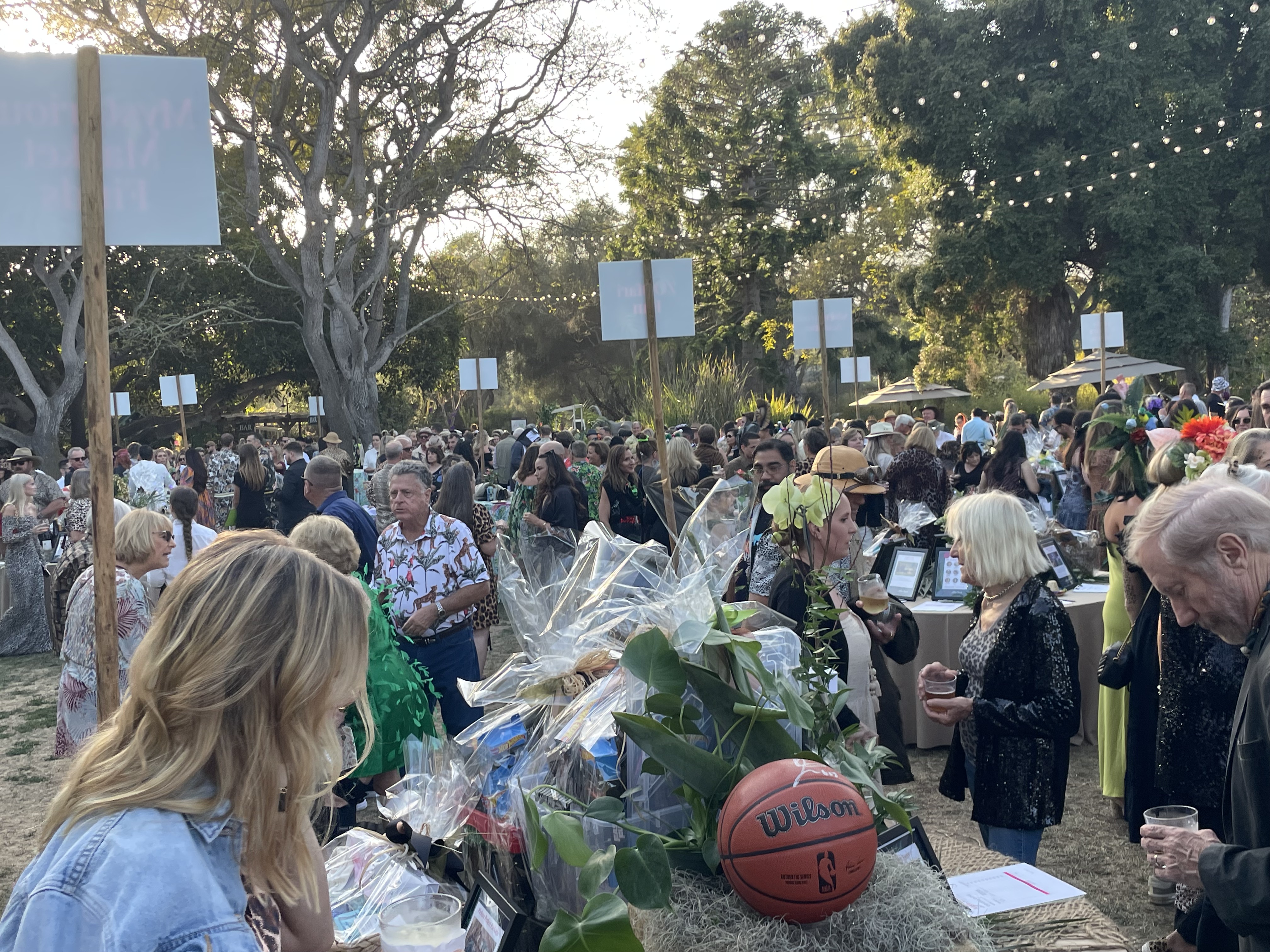
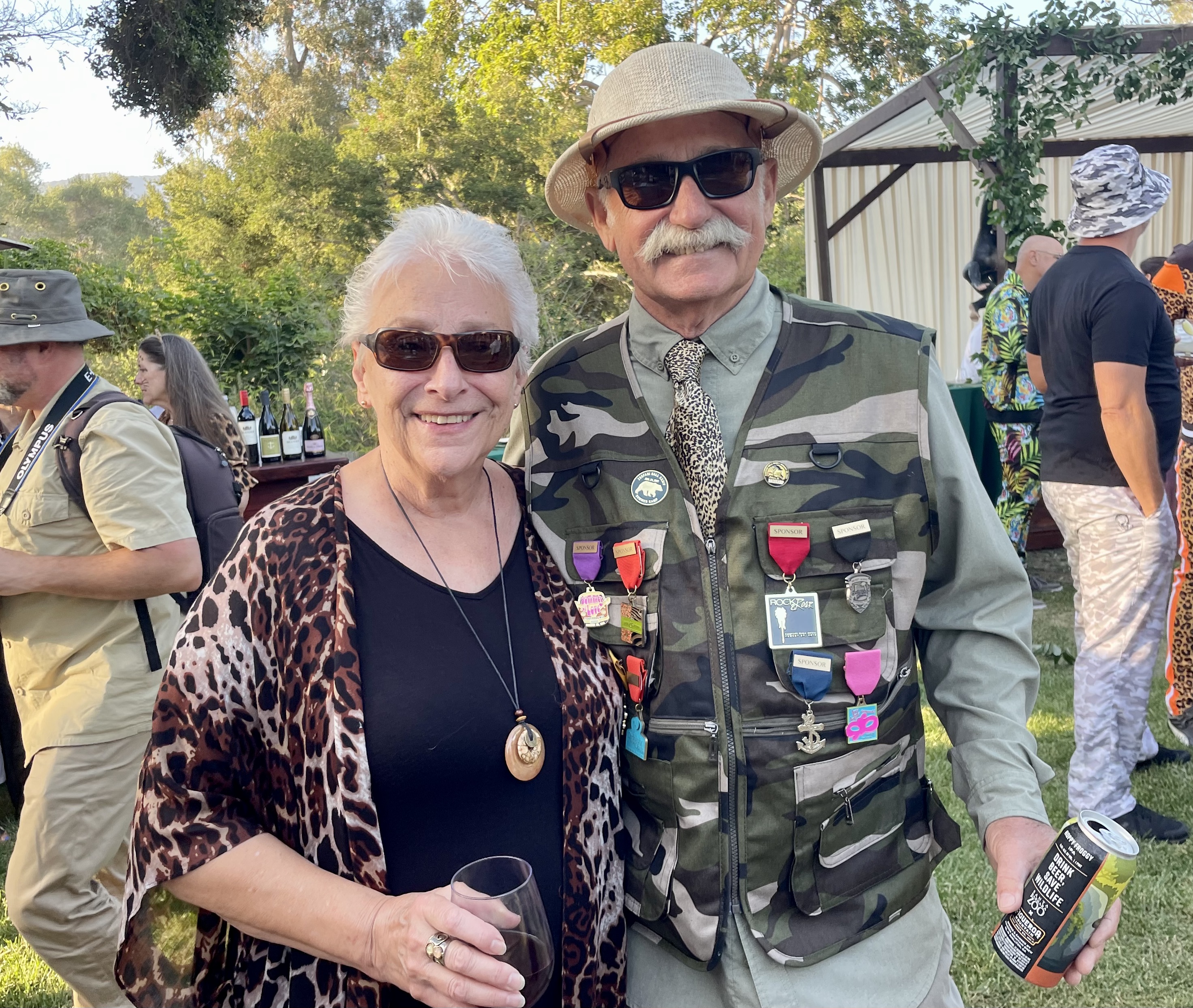
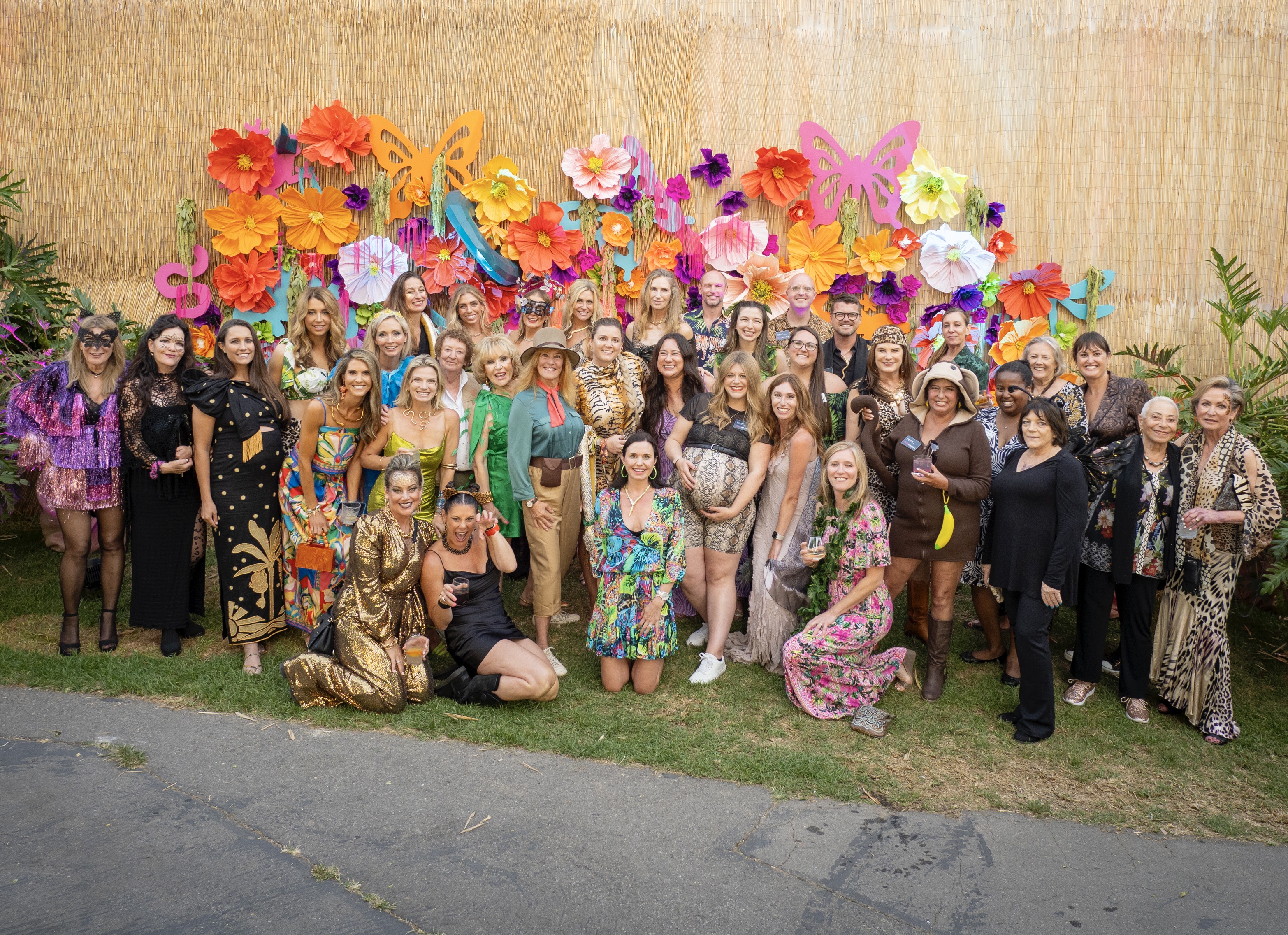

You must be logged in to post a comment.